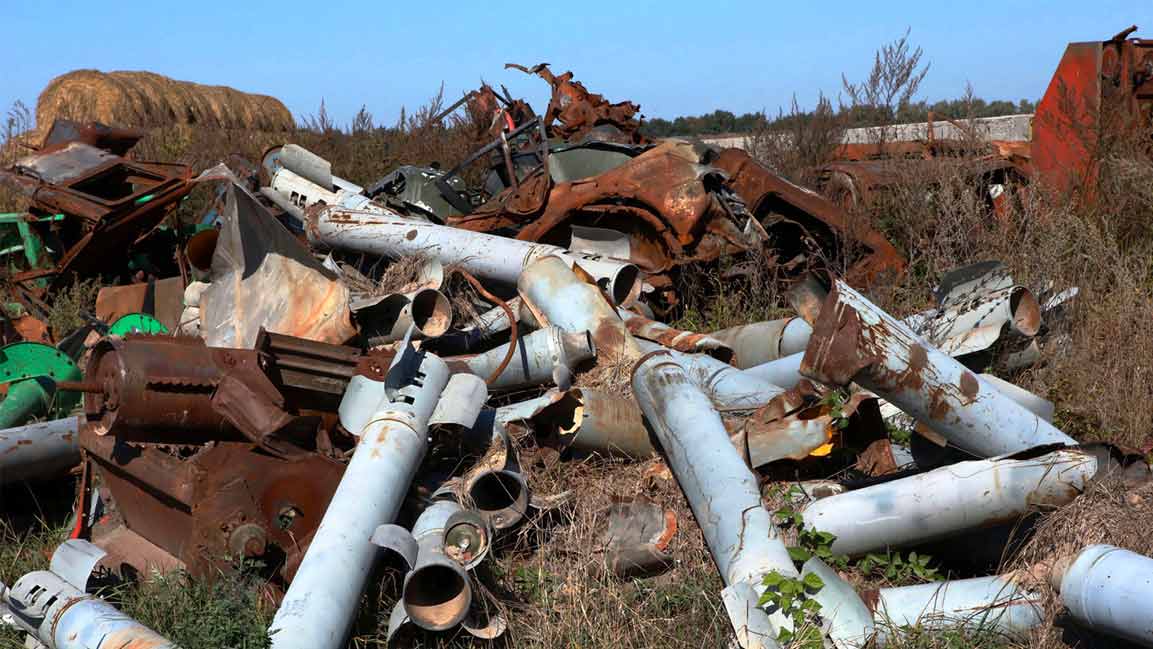- | 9:00 am
2023 was the hottest year on record. Next year could be even hotter
Hotter temperatures also led to numerous other disasters, including wildfires, floods, and heavy rainfall.

In November, when the heat index in Rio de Janeiro reached 138 degrees Fahrenheit, a 23-year-old woman died at a Taylor Swift concert after waiting in line outside for hours before the show. Hundreds of other people in the crowd fainted. Throughout the city, millions of people endured the heat without air-conditioning. Summer wouldn’t begin in Brazil for another month, but it was already the eighth heat wave of the year.
That was one of a long list of extreme heat events around the world in 2023. In Phoenix, where it was hotter than 110 degrees for 31 days in a row this summer, at least 579 deaths were linked to the heat. Triple-digit temperatures made roads buckle in Houston. In China, where one village hit a record 126 degrees in July, leaders warned that extreme heat could threaten the country’s food security. In India, extreme heat closed some schools for more than a week. In Greece, extreme heat was followed by hundreds of wildfires.
It wasn’t hot everywhere—in San Francisco, I had to turn on the heat in July. But California was an anomaly, and the average global temperature this year was hotter than ever in recorded history. It’s likely that it hasn’t been this hot for more than 100,000 years.
Between January and November, global average temperatures were 1.46 degrees Celsius higher than the average in the late 1800s, according to the European Union’s Copernicus Climate Change Service. September was 1.75 degrees hotter, a fact that one climate scientist called “absolutely gobsmacking bananas.” The new records were driven by climate change, but they were made more extreme because we’re also experiencing El Niño this year, a weather pattern that makes it even hotter.
Hotter average temperatures also helped lead to numerous other disasters. In Canada, climate change more than doubled the likelihood of the wildfires that burned 45.7 million acres, an area larger than the entire state of Florida, affecting air quality across wide swaths of the U.S. In Libya, where dams collapsed and killed thousands of people in September, climate change made heavy rainfall 50 times more likely and 50 times more intense. In South Florida, where parts of the ocean got as hot as a hot tub, coral reefs died off en masse.
Next year, the world may be even hotter. “I think there’s a pretty good chance that 2024 might be even warmer than this year, partly because El Niño might be more influential for more of the year, but also partly because the long-term warming trend continues,” says climate scientist Daniel Swain.
It’s possible that 2024 could pass the threshold for 1.5 degrees Celsius of global warming. The U.K.’s national weather service forecasts that the average global temperatures will be between 1.34 and 1.58 degrees Celsius above the average for the era before the widespread use of fossil fuels.
That doesn’t mean that we’ll instantly breach the most ambitious goal of the Paris climate agreement—to limit global warming to 1.5 degrees Celsius (2.7 degrees Fahrenheit)—because climate scientists look at the average temperature over multiple years, not just a single year. The world has already temporarily breached 1.5 degrees. This July, for example, was between 1.5 and 1.6 degrees Celsius hotter than the pre-industrial era.
The 1.5-degree threshold isn’t a magic number: 1.2 degrees or 1.3 degrees of global warming, where we are now, is obviously already bad. But each fraction of a degree of warming gets us closer to catastrophic tipping points, including collapsing ice sheets and melting permafrost, and makes climate disasters like extreme heat and flooding more likely. As the world works to cut emissions, we’ll also have to move much faster to adapt—from helping farmers deal with drought to designing hurricane-resistant homes—to grappling with the reality of the climate change that’s already here.







































